Head injury is a frequent occurrence in schools, and related activities. Injury to the head can occur when a student is on the playground or other falls and impacts that may occur during breaks. Fortunately, most of these collisions and head injuries are mild and do not need hospital admission. However, some children may suffer from a severe head injury. Critical complications may develop in the head. Sometimes, bleeding, swelling, bruising may occur after the injury. If anything related to the head injury is reported, then the school nurse or qualified person should assess the injury.
Even if the child shows no worrying signs and symptoms, the school should inform his/her parents or guardians about the head injury.
Concussion Due to Head Injury
Any head injury may cause a concussion and must be taken seriously. Close monitoring of the child is advised to safeguard both the child’s short and long-term health and welfare. Typically, a concussion because of mild or moderate injury resolves in 7-10 days. However, a longer duration is advised for young children. As the brain is vulnerable to further head injury during the recovery period, playing sports is not recommended.
Concussions and Head Injury While Playing Sports
A child suspected of having a concussion after a head injury must be removed from the game immediately. He/she must not resume play and must be medically assessed. If a child returns to play too early after the injury, he/ she may develop long-term health consequences or prolonged concussion symptoms. During the recovery phase, any further concussion can cause severe long-term problems or fatality. This is due to second impact syndrome that may lead to severe brain swelling.
If signs and symptoms of head injury return, then the child must immediately stop playing. The student must be seen by the school nurse, a doctor or hospital emergency department as soon as possible.
Danger Signs and Symptoms of Head Injury
- Problems in keeping the eyes open
- Convulsions
- A black eye
- Problems with speaking, understanding, reading, or writing
- Numbness in any part of the body
- Balance problems while standing or walking
- Changes in eyesight
- Bleeding from ears or nose
- Problems in hearing
- Suspicious scalp or skull damage.
- Loss of consciousness
- Memory problems
- Persistent headache
- Vomiting
- Any seizure since the injury
- Any previous brain surgery
- A history of bleeding problems
- Irritability
- A high-energy head injury
- Altered behavior
- Current anticoagulant therapy
What to Do
Most schools will have protocols in place for accidents, injuries, and health issues. Depending on location, the requirements may be mandated by the local school board or government authority. If any of the above symptoms are present, or an accident occurs where a head injury is suspected, then the following minimum steps should be taken.
- Remove the child from activity
- Have the child assessed by a medical professional
- Notify the parents or guardian of the incident
Conclusion
Head injuries are complex. Symptoms of concussions and traumatic brain injuries vary. The seriousness of a head injury may not be obvious. It is essential that they are not ignored, especially in children. Head injuries to children can have long-term consequences. In the event of a head injury, an evaluation by a trained and qualified medical professional is advised. The information in this article is not to be used as medical advice.


